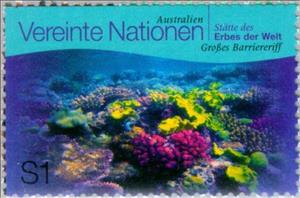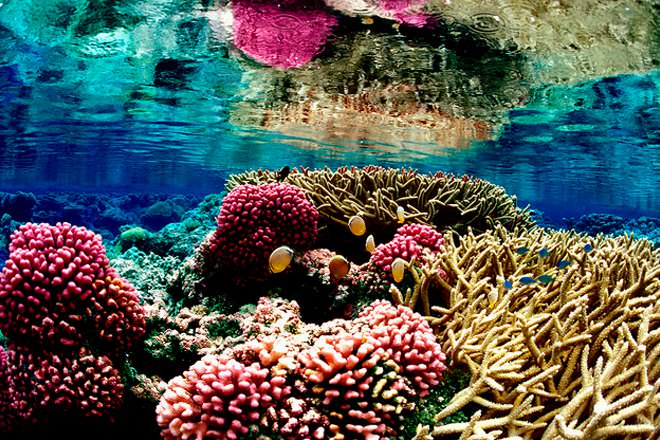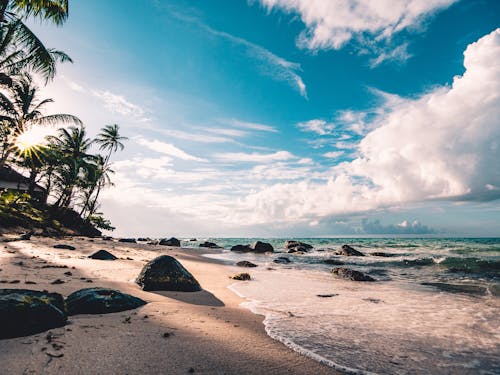Stamp: Great Barrier Reef, Australia (World Heritage 1981) (UNO Vienna 1999)
Great Barrier Reef, Australia (World Heritage 1981) (UNO Vienna 1999)
01 January (UNO Vienna ) within release World heritage goes into circulation Stamp Great Barrier Reef, Australia (World Heritage 1981) face value 1 Austrian schilling
| Stamp Great Barrier Reef, Australia (World Heritage 1981) in catalogues | |
|---|---|
| Michel: | Mi:NT-WN 283 |
Stamp is square format.
Also in the issue World heritage:
- Stamp - Uluru National Park, Australia (World Heritage 1987) face value 4.50;
- Stamp - Tasmanian Wilderness, Australia (World Heritage 1982) face value 6.50;
- Stamp - Tasmanian Wilderness, Australia (World Heritage 1982) face value 1;
- Stamp - Wet Tropics of Queensland, Australia (World Heritage 1988) face value 1;
- Stamp - Great Barrier Reef, Australia (World Heritage 1981) face value 1;
- Stamp - Uluru National Park, Australia (World Heritage 1987) face value 2;
- Stamp - Kakadu National Park, Australia (World Heritage 1981) face value 2;
- Stamp - Willandra Lakes Region, Australia (World Heritage 1981) face value 2;
Stamp Great Barrier Reef, Australia (World Heritage 1981) it reflects the thematic directions:
A coral reef is an underwater ecosystem characterized by reef-building corals. Reefs are formed of colonies of coral polyps held together by calcium carbonate. Most coral reefs are built from stony corals, whose polyps cluster in groups.
Marine life, or sea life or ocean life, refers to the plants, animals and other organisms that live in the salt water of the sea or ocean, or the brackish water of coastal estuaries. At a fundamental level, marine life helps determine the very nature of our planet. Marine organisms produce much of the oxygen we breathe. Shorelines are in part shaped and protected by marine life, and some marine organisms even help create new land. Altogether there are 230,000 documented marine species, including over 16,000 species of fish, and it has been estimated that nearly two million marine species are yet to be documented. Marine species range in size from the microscopic, including plankton and phytoplankton which can be as small as 0.02 micrometres, to huge cetaceans (whales, dolphins and porpoises) which in the case of the blue whale reach up to 33 metres (109 feet) in length, being the largest known animal.
A sea is a large body of salty water. There are particular seas and the sea. The sea commonly refers to the World Ocean, the wider body of seawater. Particular seas are either marginal seas, second-order sections of the oceanic sea (e.g. the Mediterranean Sea), or certain large, nearly landlocked bodies of water.
The United Nations Educational, Scientific and Cultural Organization (UNESCO; pronounced /juːˈnɛskoʊ/) is a specialized agency of the United Nations (UN) with the aim of promoting world peace and security through international cooperation in education, arts, sciences and culture. It has 194 member states and 12 associate members,as well as partners in the non-governmental, intergovernmental and private sector. Headquartered in Paris, France, UNESCO has 53 regional field offices and 199 national commissions




